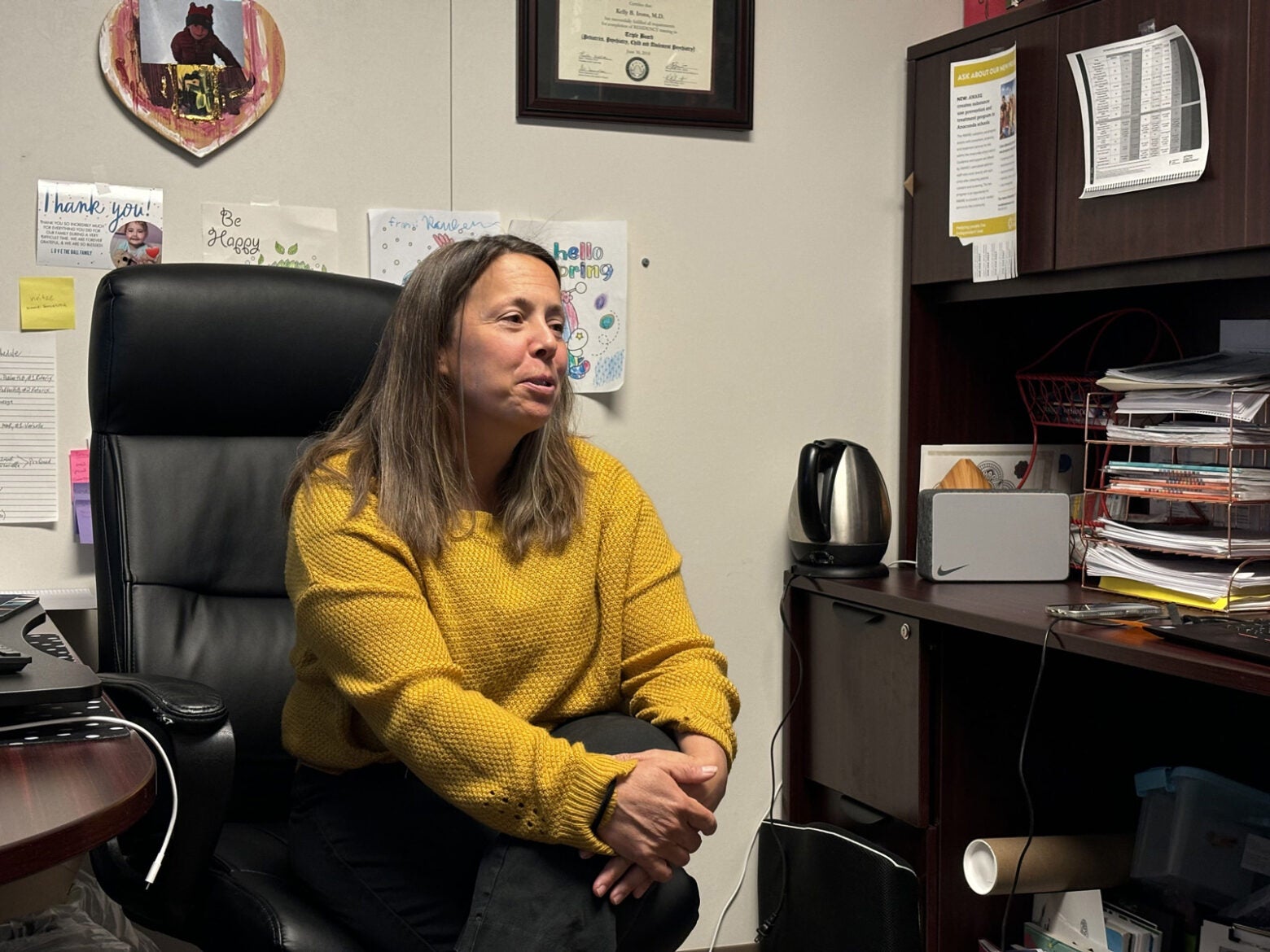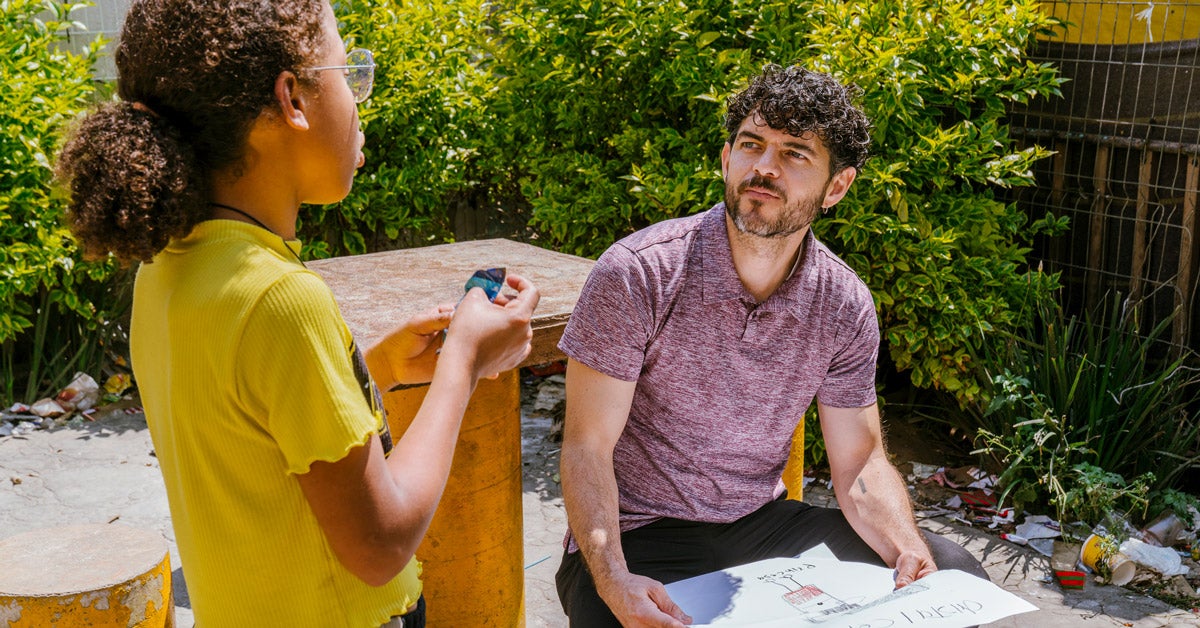
Feature
One Montana county hopes safer gun storage will change its grim suicide statistics
This story was originally published by Montana Free Press at montanafreepress.org.
Adam Miller was the type of Montana youth who spent more time outside on a mountain than he ever spent in the house.
“He was always very outdoorsy,” said his sister Emily Miller, 17.
Adam hunted big game and was rarely without a gun.
“He was a very gun-oriented, gun-safe person,” she said. “He grew up shooting.”
But when Adam’s readily available firearms triangulated with mental illness and substance use, he succumbed to suicidal impulses. He died of a self-inflicted gunshot in April 2024.
“He struggled through middle school, through high school, all the way up until he was 21 [when he died],” said Miller, whose family lives in a rural area about 40 minutes from Anaconda. “He had guns completely accessible to him.”
Sign up for Harvard Public Health
Delivered to your inbox weekly.
Beneath Montana’s grand aesthetic is a bleak statistic: It’s one of the deadliest states in the nation for suicide. The picture is grimmest in Anaconda-Deer Lodge County.
“We have the highest rate in the state of Montana, which is terrifying,” said Kelly Irons, a local pediatric psychiatrist.
Irons is Montana’s suicide prevention ambassador for the American Association of Pediatrics. She recently received a $10,000 grant from the association to advocate across the state for safe gun storage to prevent suicide, particularly in youth.

Kelly Irons, a pediatric psychiatrist and Montana’s suicide prevention ambassador
Erin Hansen / MTFP
“The statistics speak for themselves,” she said. “We know we can save multiple lives. It’s just like seatbelts. When we started mandating seatbelts, deaths went down. Guess what went up: death by firearms.”
The figures reveal clear connections.
The state’s Department of Health and Human Services (DPreports that Montana’s suicide rate has ranked among the five highest in the nation for the past 30 years, hitting number one from 2019 to 2022. Suicide remains the leading cause of preventable death for ages 10 to 14 in Montana, where youth die by suicide at triple the national rate, according to DPHHS. Upwards of 65 percent of Montana homes own guns.
Convincing people that those connections call for changes in how guns are stored, however, is complicated, said Lauren Bolton, the county’s public health director.
“It’s separating the idea that we should be safely storing our firearms from the idea that firearms are bad—that’s where we lose people,” Bolton said. “We acknowledge that in Montana—a beautiful state with lots of outdoor recreation—people are going to have firearms. We want to make sure that people know how to store them safely.”
Irons said a culture of safe firearm storage means including safes when guns are raffled for youth athletics fundraisers; accepting free locks provided by physicians and law enforcement; storing guns separately from ammunition; keeping keys and codes to firearm storage away from kids; and allowing youth to only use guns with adult supervision.
She plans to collaborate with a statewide suicide prevention task force and use the grant money for a statewide media campaign that she hopes will turn those ideas into standard practice, rebranding safe gun storage as a cultural norm.
“Everyone knows meth kills,” she said, referring to the Montana Meth Project’s highway billboards. “Why don’t we have safe-gun storage PSAs out there?”
The hope is that a culture of gun safety will save lives in places like Anaconda, where suicide itself is part of local culture.
“This is a norm—people die by suicide,” said Irons, who moved to Anaconda in 2019. “Everyone has someone in their family here who has died by suicide. That boggles my mind. That’s not the same as other places.”
Bolton, an Anaconda native who has been public health director since 2022, said the community has long accepted suicide as a local peril.
“I grew up knowing that we had high suicide rates,” she said. “There’s a little bit of desensitization. It’s something that we always knew happened.”
The elevated rates in Anaconda are likely the result of an accumulation of risk factors unique to the community’s history, Irons said.
First, Anaconda shares rural risk factors with the rest of Montana, such as social isolation and a high rate of substance use. The community also suffered a painful socio-economic abandonment when the Anaconda Copper Smelting Co. ceased operations in the 1980s.
Also, Irons pointed to environmental issues caused by a century of copper-smelting that polluted the local area.
“Heavy metals can cause cognitive issues, including impulse disorders and mood disorders,” she said.
A compilation of risk factors plus easily accessible firearms equals a deadly combination, particularly for adolescents. Children and teenagers have undeveloped frontal lobes, the part of the brain that identifies risk, Irons said, and suicidal impulses, while fleeting, are especially intense in adolescents. Access to a gun reduces the chances of surviving those moments.
“Children and adolescents are much more impulsive with everything,” Irons said. “A kid can have normal judgment for a 16-year-old, and it’s not good judgment. The vast majority of suicide attempts for teens are impulsive, and we know that from watching behavior.”
Despite the dire past, hope is anew.
The past several years have brought growth to Anaconda. Additionally, mental health awareness has destigmatized conversations about suicide. The community is ready to talk about prevention, Bolton said.
“We are in a space in Anaconda where we really do acknowledge that it is an issue,” she said. “People are just wanting to know things that they can do. I think people are becoming more receptive. The more our community is impacted by it, the more it hits close to home.”
That openness makes now the best time to deliver a targeted campaign about storing guns safely to prevent suicide, Irons said. The campaign is in its infancy, and while she has the help of a statewide suicide-prevention organization, she welcomes ideas and volunteers.
Meanwhile, Miller said she hopes that people will embrace the message that safe gun storage can prevent suicide.
“You’ve got to take precautions,” she said, particularly if someone in the home is struggling with mental illness. Guns “should be locked up. The firearms should be in a completely different spot from the ammunition, with two different safes with two different codes and locked down.”
Lives will be saved, Irons said, if Montanans move forward with their best characteristics: connectedness and community.
“We don’t have to live this narrative anymore,” she said.
Top, source images: Adobe Stock


